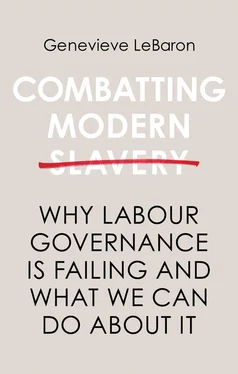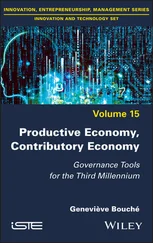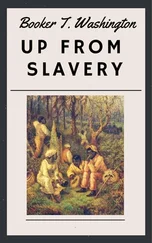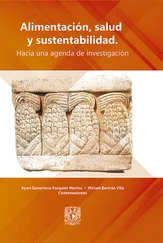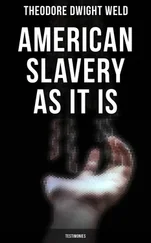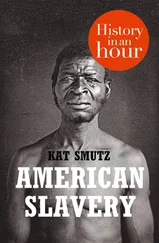In addition to working in partnership with consultancy firms, and on their own, corporations are collaborating to promote industry-led solutions to labour abuse through industry associations. The Consumer Goods Forum, for instance, which is made up of 400 retailer and manufacturing companies within the consumer goods industry and works to ‘promote more business growth, business efficiency and positive change’, 41has recently developed a social resolution on forced labour, which it is advancing by supporting companies to make voluntary commitments and raise awareness. 42The Global Business Coalition Against Trafficking brings together major companies, including Google, Amazon, Microsoft, Carlson and The Coca-Cola Company, to ‘harness the power of business across all sectors to prevent and reduce modern slavery, and support survivors, through collaboration, guidance, and shared resources’. 43These are just a couple of the dozens of recently formed industry collaborations that industry actors claim will help to save the world’s workers.
As companies have come to occupy greater space within transnational labour governance, NGOs have largely accepted CSR as a legitimate means of finding and addressing labour abuse within supply chains. Despite corporations’ past misconduct, many labour and human rights NGOs are increasingly willing to partner with them towards creating bespoke initiatives to assess standards and improve social and labour conditions in their supply chains. To name just a few examples, Unilever has collaborated with Oxfam to better integrate smallholders within its supply chains; 44Marks & Spencer collaborates with and funds initiatives for modern slavery charity Unseen; 45and another antislavery charity, Hope for Justice, is partnering with UK retailer Morrisons to develop ‘due diligence and resilience’ for the company. 46Some NGOs partner with several corporations at once. For instance, Free the Slaves currently lists Google, Deloitte and AmazonSmile among its partners and sponsors on its website. 47
Within global governance arenas, too, corporations are joining coalitions made up of labour and social NGOs to tackle labour governance challenges. The UN Global Compact – advertised as ‘the world’s largest corporate sustainability initiative’ 48– brings around 10,000 companies together with thousands of NGOs, academic organizations, foundations and trade unions. 49Of all the voluntary industry initiatives, the UN Global Compact is the one that would have been most unimaginable at the height of the anti-globalization movement. Then, the notion that trade unions and anticorporate NGOs could collaborate and share conference rooms with the oil and mining companies, the big-box retailers, apparel and footwear brands, and food and beverage corporations that they were naming and shaming, protesting and campaigning against would have surely seemed impossible.
In addition to these multistakeholder initiatives, corporations have initiated bilateral partnerships with international organizations. UK retailer Tesco, for instance, partners with UNICEF to ‘improve opportunities for tens of thousands of children in Indian tea communities and reduce their vulnerability to trafficking and abuse’. 50
Partnerships between corporations and big business are springing up not just in response to industry initiatives. They are also working the other way, with global governance actors seeking out opportunities to work with and influence business actors. The ILO, for instance, launched the Global Business Network on Forced Labour and Human Trafficking, which it describes as a ‘partnership between the ILO, multinational and domestic enterprises, employers’ organizations, and business associations in the call to drive action on forced labour and human trafficking deeper into the supply chain and across industry and sectors’. 51Business partnerships with international organizations are further linking companies to civil society organizations and policymakers.
Through all these voluntary efforts, corporations have positioned themselves as part of the solution to the problems of modern slavery and labour abuse more broadly – and have made more complex, if not wholly distanced themselves from, their earlier reputations as uncaring, profit-hungry monsters who cause labour abuse through reckless purchasing practices, planned ignorance and a lack of transparency around working conditions within their supply chains. In short, they have made sizable gains in their efforts to shed their sociopathic reputations – to paraphrase the key insight of law professor Joel Bakan’s well-known book (subsequently made into a film), The Corporation 52 – as entities in pathological pursuit of profit and power.
The countries in which MNCs are headquartered and incorporated, often called their ‘home states’, 53have done little to challenge the rise of CSR as a credible solution to labour exploitation in global supply chains. Rather, home states have reinforced this status quo through a recent wave of transparency legislation that does little more than codify existing CSR programmes, social auditing and ethical certification. 54The growing body of labour-related disclosure legislation, which includes the 2015 UK Modern Slavery Act and the 2012 California Transparency in Supply Chains Act, might at first glance appear to be a stringent and serious state response to the problem of forced labour. However, as I substantiate in Chapter 3, most pieces of transparency legislation simply require that companies report on efforts they are taking to address and prevent modern slavery, human trafficking and other forms of severe labour abuse in their supply chain. 55This has fuelled social auditing and certification, but, as I discuss later in the book, there is little evidence that it has actually reduced the prevalence of forced labour.
There are typically no penalties for noncompliance and no enforcement provisions. As such, compliance rates are low. For instance, a civil society coalition estimates that between 12,000 and 17,000 companies are within the scope of the UK Modern Slavery Act, but only around 3,000 companies had published statements on the Modern Slavery Registry website by the end of 2017. Large numbers of these are of low quality and do not comply with the requirements of the Act. 56As one NGO representative explained, ‘If you look at the number of reports that have been published, there are obviously a lot of businesses that aren’t doing anything … That compliance gap is quite worrying.’ 57With few exceptions, recent legislation to combat modern slavery has reinforced the dominance of industry-driven solutions to labour abuse in supply chains, rather than fundamentally transformed, displaced or improved it.
Some NGOs, governments and lawyers are pushing back against these trends, reminding policymakers and the public that companies often overpromise and underdeliver when it comes to social and labour standards and causes. But overall, as this brief snapshot illustrates, the trend is towards an increased reliance on corporations and CSR governance to eradicate forced labour and curb exploitation. The sheer flurry of activity alone has helped to deepen the legitimacy and authority of corporations as ‘problem-solvers’ for labour exploitation in supply chains – as has the acceptability conferred on corporate efforts by governments, international organizations and NGOs.
This Book’s Arguments and Structure
In this book, I argue that efforts to combat modern slavery through CSR are failing. After all, what do the vast array of labour governance initiatives described above have in common? The initiatives are almost entirely driven by industry actors. They are all voluntary and are not legally binding or enforceable, and there is little public oversight or accountability over these private efforts. CSR is failing because prevailing labour governance initiatives do little to nothing to disrupt corporate business models, leaving fully intact poverty wages, the low prices that companies pay suppliers, the short contract windows and unpredictable orders imposed on businesses lower down the chain by businesses higher up, and other drivers of labour exploitation. And they mostly fail to empower workers, or even to involve them in basic ways; only very rarely do industry-led labour governance solutions involve or meaningfully integrate workers in shaping, negotiating and operating initiatives.
Читать дальше
